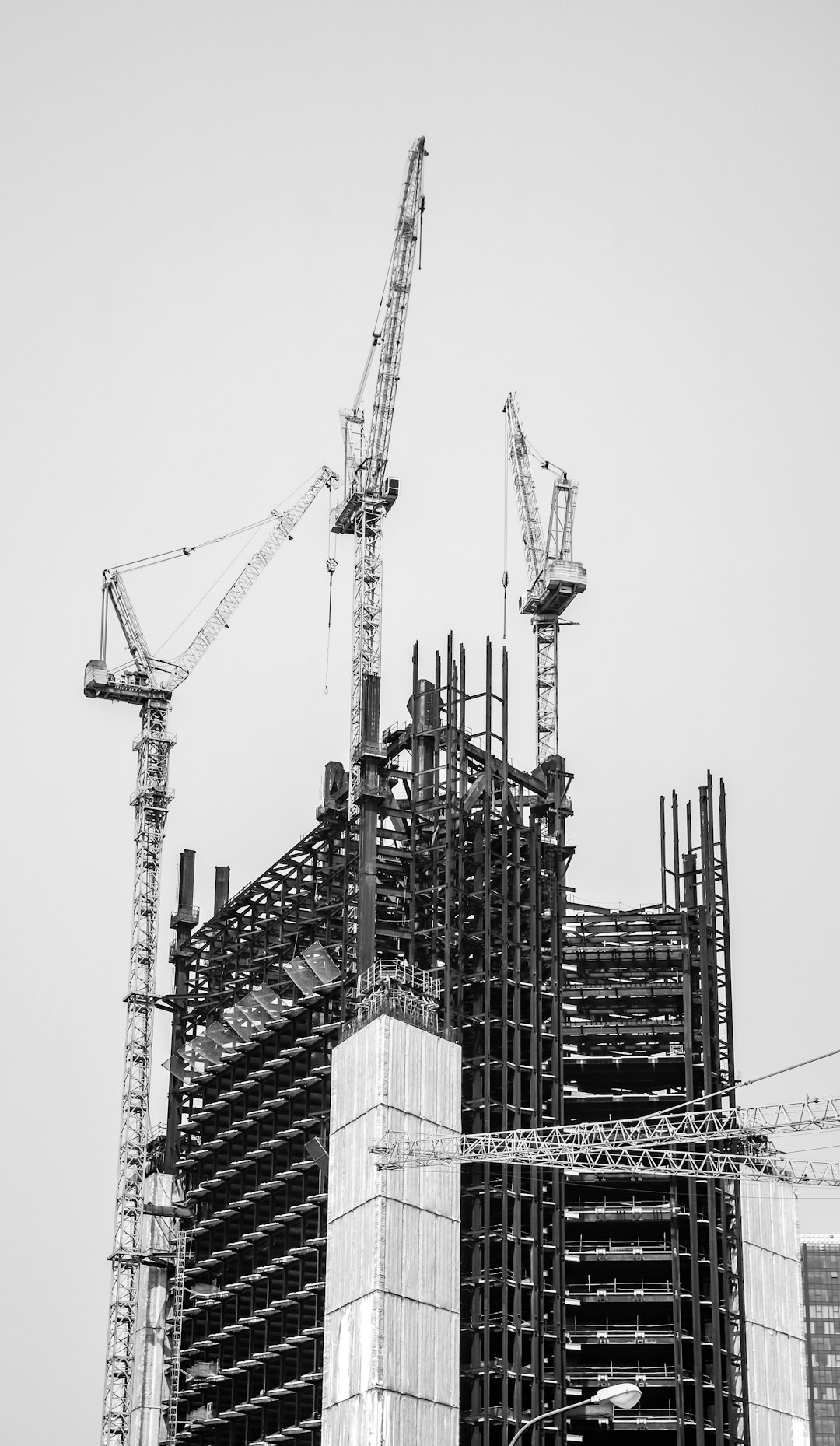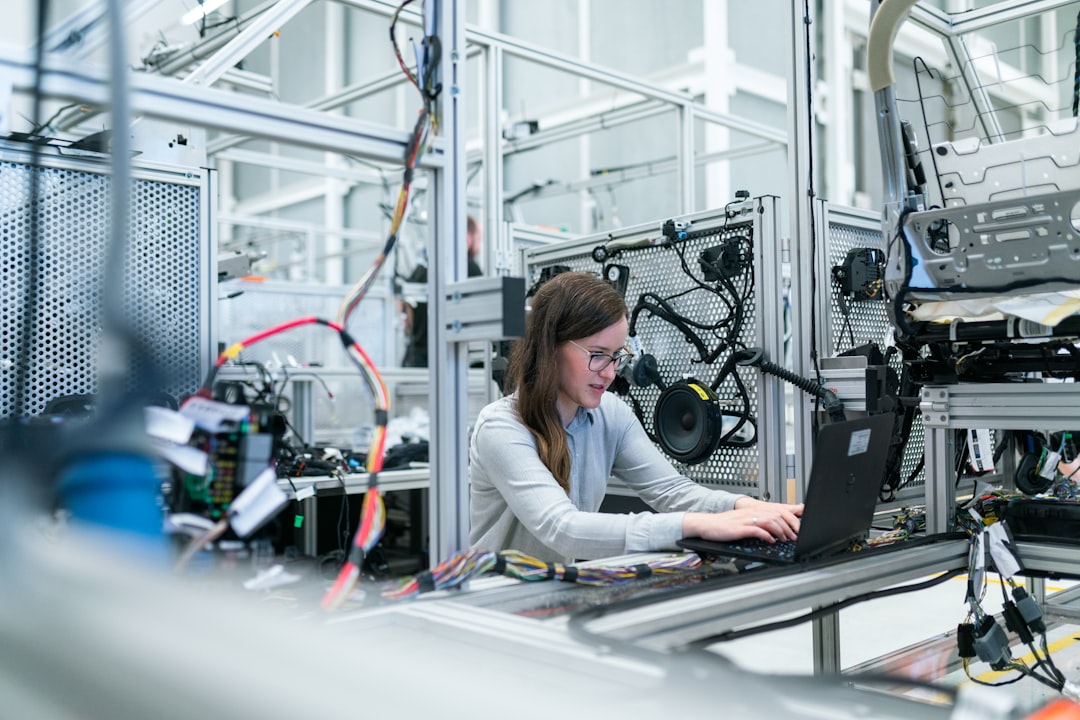The construction industry, long known for its reliance on manual labor and traditional processes, is undergoing a significant transformation through the integration of modern technologies. At the forefront of this change is the Internet of Things (IoT), a network of interconnected devices that communicate and share data in real time. By integrating IoT into construction site operations, companies are not only improving efficiency but also enhancing safety, cost management, and project timelines.
Improving Workflow Efficiency
One of the most significant benefits of IoT in construction is the improvement of workflow efficiency. IoT-enabled equipment and machinery can communicate with each other and with centralized systems, enabling automated processes and real-time monitoring. For instance, wearable sensors on workers can track their location and movement, helping to optimize task allocation and reduce idle time.
Additionally, construction machinery equipped with IoT sensors can self-monitor and report metrics such as usage hours, fuel consumption, and required maintenance. This allows site managers to take proactive maintenance actions, reducing downtime and increasing asset longevity.

Enhancing Safety and Compliance
Construction sites are inherently hazardous, with high risks of accidents and injuries. IoT plays a crucial role in enhancing safety by providing real-time insights into environmental and worker-related data. For example, environmental sensors can detect the presence of toxic gases, monitor temperature levels, and measure noise pollution, alerting supervisors to unsafe conditions.
Wearable devices worn by workers can track vital signs such as heart rate and body temperature. If any anomalies are detected, alerts can be sent immediately to supervisors, facilitating quick responses to health-related emergencies. Furthermore, geofencing technology can limit access to restricted zones, reducing the likelihood of accidents.
IoT also assists in regulatory compliance. By continuously collecting and storing safety-related data, companies can easily generate reports necessary for audits and certifications, ensuring that all operations meet industry standards.
Streamlining Inventory and Asset Management
Managing tools, materials, and equipment across large and often remote construction sites is a significant logistical challenge. IoT devices can be used to monitor inventory in real-time, track the location of equipment, and ensure that resources are being used efficiently. RFID tags and GPS sensors, for example, can provide instant updates on asset locations, reducing theft and loss.
This real-time visibility helps project managers know exactly what materials are on-site and what needs to be reordered, minimizing material shortages and project delays. Additionally, automated inventory management reduces the administrative burden on the teams, freeing them up to focus on critical tasks.
Data-Driven Decision Making
Perhaps one of the most transformative aspects of IoT in construction is its ability to support data-driven decision making. Construction sites generate vast amounts of data daily—from weather conditions and worker performance to machine activity and material usage. By capturing and analyzing this data, companies can uncover patterns and insights that were previously inaccessible.
Predictive analytics powered by IoT data allows managers to forecast potential delays, equipment failures, or budget overruns before they happen. This proactive approach minimizes risk and fosters more accurate planning, ultimately leading to a higher success rate for construction projects.
Enhancing Communication and Collaboration
The integration of IoT further enhances on-site communication and collaboration. With the use of smart devices and cloud-based platforms, team members at various locations can access real-time data, share updates, and coordinate more effectively. Whether it’s updating blueprints or alerting stakeholders about project milestones, communication becomes more streamlined and less prone to misunderstandings.
Moreover, centralized dashboards allow project managers to oversee all ongoing site activities from a single location, making it easier to supervise operations and hold teams accountable.
Challenges and Considerations
Despite its numerous advantages, implementing IoT in construction also presents certain challenges. Initial investments can be high, and integrating new technologies with existing systems may require a significant learning curve. Additionally, concerns around data security and privacy must be addressed through strong cybersecurity measures.
However, as the technology continues to mature and become more cost-effective, these challenges are being gradually mitigated, making IoT an increasingly accessible tool for construction firms of all sizes.
Conclusion
The integration of IoT technology is revolutionizing the construction industry by making operations more efficient, safer, and data-driven. As companies continue to embrace these innovations, the future promises construction sites that are not only smarter but also significantly more productive. For stakeholders aiming to stay competitive and agile in a fast-evolving market, investing in IoT-enabled solutions is no longer just an option—it is a necessity.

